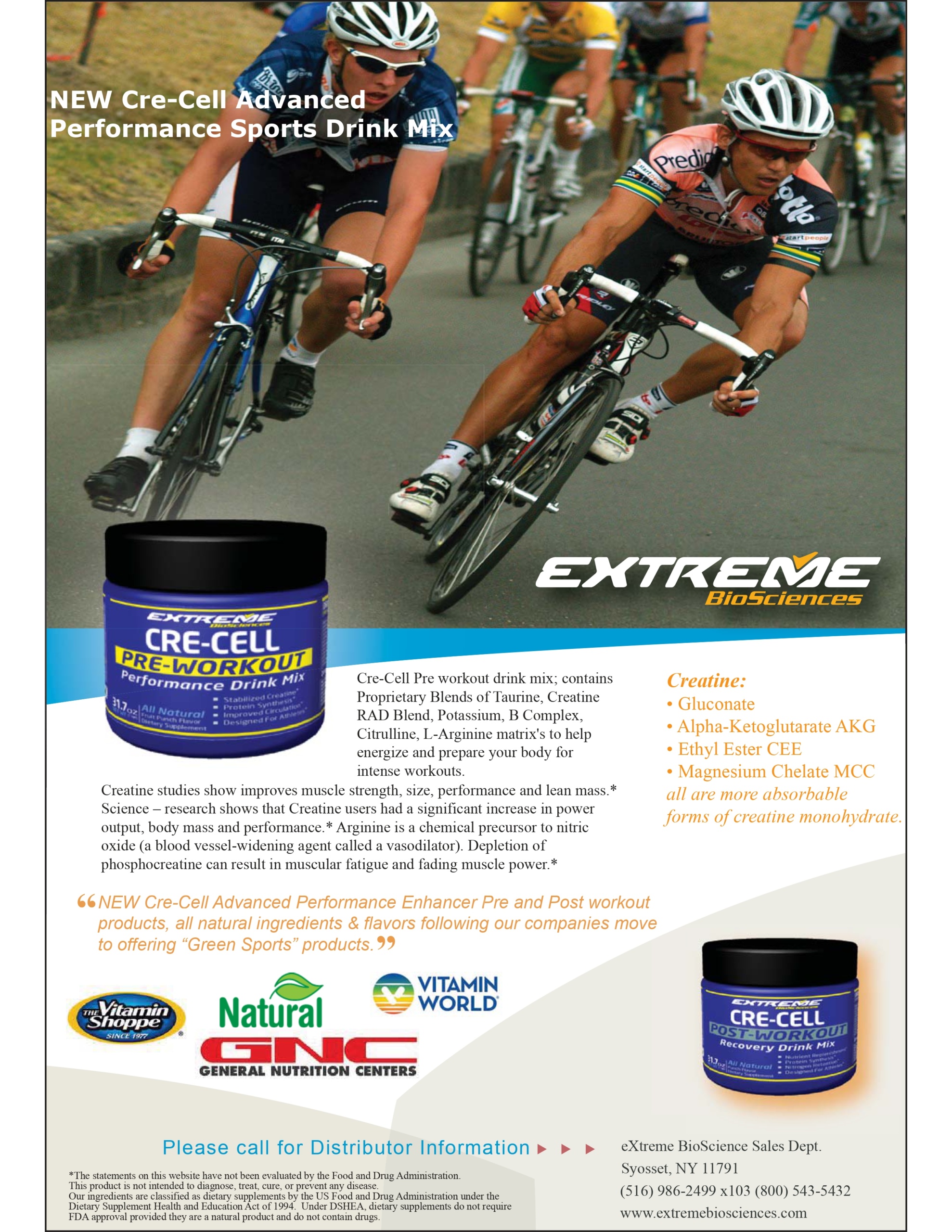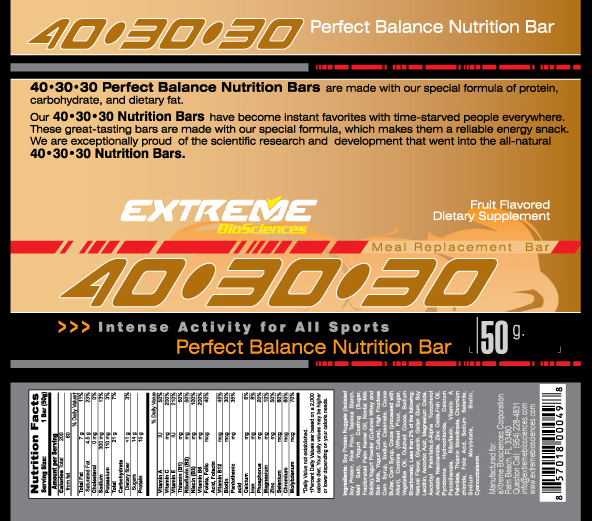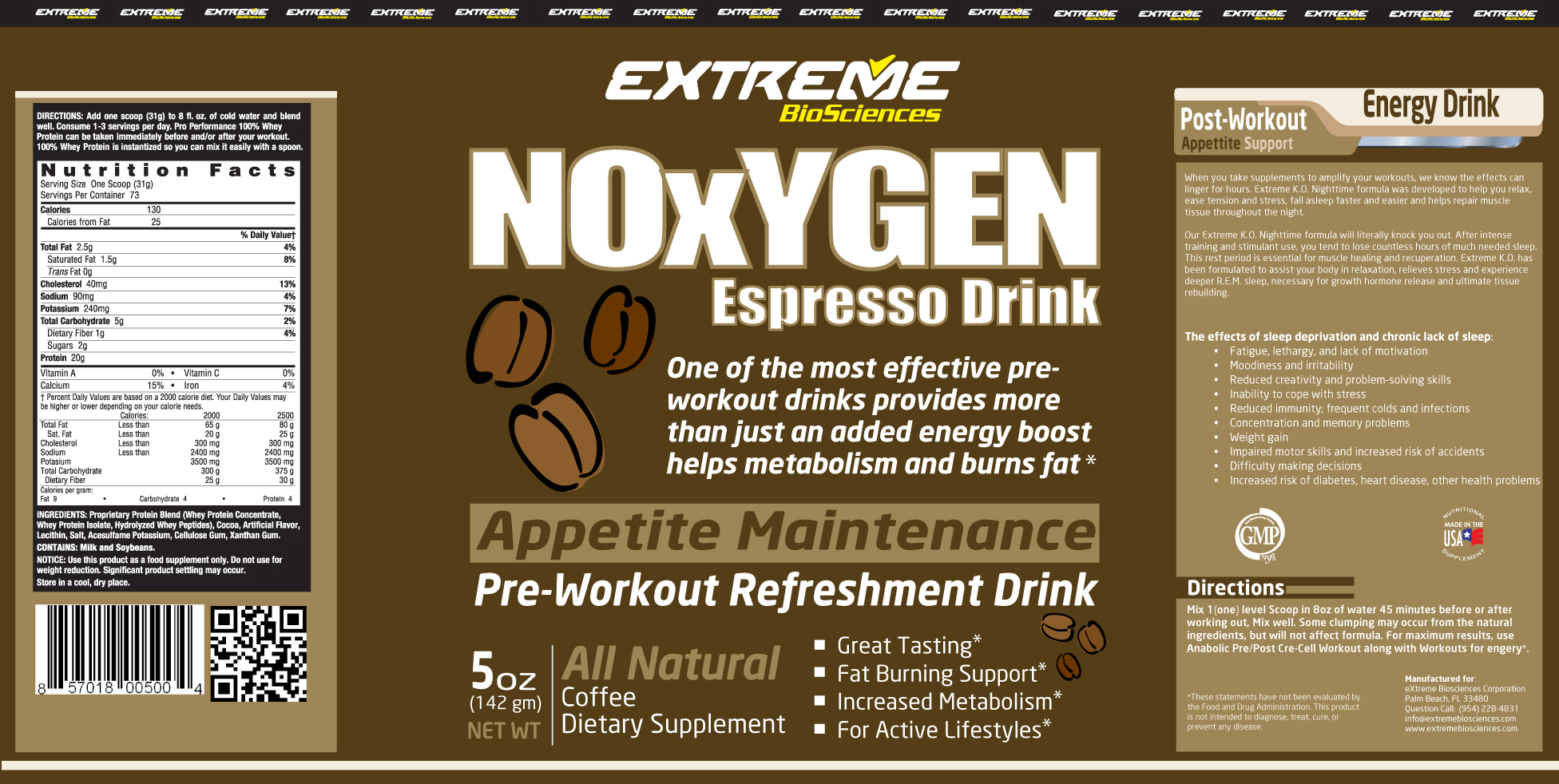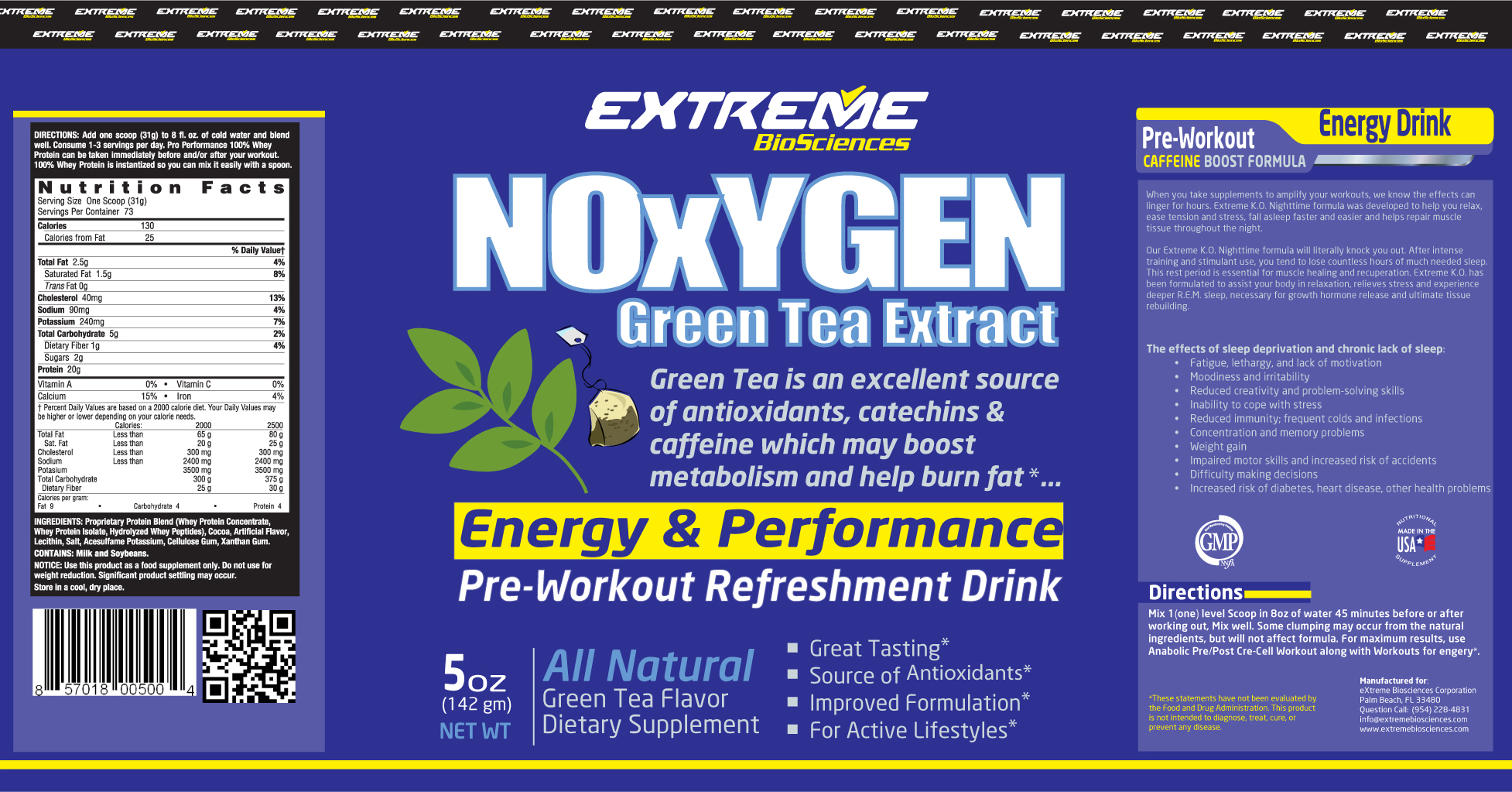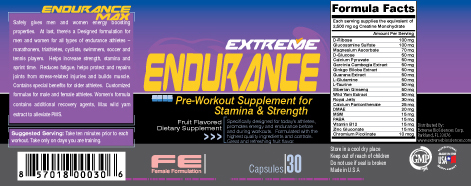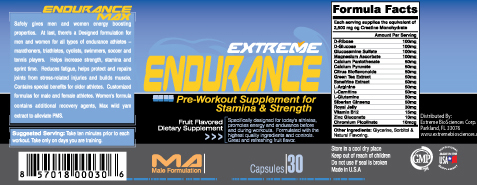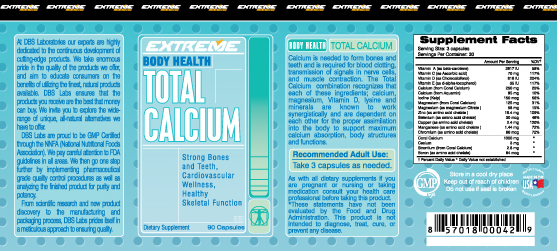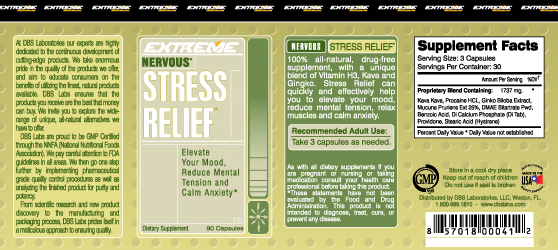Social ToothPaste SEO Marketing Agency - subsidiary of Digital Broadcasting Corporation
Consumer Goods - Product Labels & Brochures
Designing technical brochures at Social Toothpaste Media Agency leverages our expertise in crafting visually engaging and SEO-optimized content that seamlessly communicates complex information. Our approach balances clarity with aesthetic appeal, ensuring that technical details are presented in an easily digestible format. We use clear headings, concise descriptions, and visually rich elements such as infographics, diagrams, and high-quality images to enhance understanding. With a focus on consistent branding, color schemes, and typography, our brochures reflect a company's identity and are optimized for both digital and print formats. By integrating SEO strategies into the design process, we ensure that the brochures inform and enhance discoverability online, aligning with the agency’s digital marketing prowess.
Designing product labels for consumer goods requires a blend of creativity, marketing strategy, and an understanding of consumer behavior. Here’s a guide to mastering the art of designing effective product labels for this sector:
1. Understand Your Audience
- Market Research: Research to understand your target audience's preferences, demographics, and purchasing behavior. Knowing your consumers will help you tailor the design to their tastes and expectations.
- Buyer Personas: Develop buyer personas to visualize your ideal customers, their value, and how they perceive products.
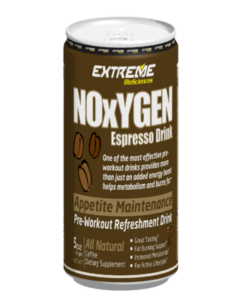 2. Establish Brand Identity
2. Establish Brand Identity
- Consistent Branding: Ensure that your label reflects your brand’s identity through colors, fonts, and imagery that align with your overall branding strategy.
- Emotional Connection: Use design elements that evoke the emotions you want your brand to convey, whether it’s luxury, fun, sustainability, or health.
3. Focus on Visual Appeal
- Color Psychology: Use colors strategically to attract attention and convey meaning. For example, green often represents freshness and health, while red can evoke excitement and urgency.
- Imagery: High-quality images or illustrations can enhance the label's appeal and provide visual cues about the product's use or benefits.
- Unique Shape: Consider using unique label shapes or die-cuts to make your product stand out on the shelf.
4. Highlight Key Information
- Product Name: The product name should be prominent and easy to read. It should be the first thing consumers notice.
- Key Features and Benefits: Communicate the product's unique selling points (USPs). Use bullet points or icons to highlight organic, gluten-free, or cruelty-free features.
5. Ensure Legibility
- Font Choice: Use legible fonts that match your brand’s personality. Avoid overly decorative fonts that might be difficult to read.
- Contrast: Ensure sufficient contrast between text and background colors to enhance readability, especially for important information like ingredients or instructions.
6. Legal and Regulatory Compliance
- Required Information: Industry regulations require that all necessary legal information, such as ingredients, nutritional facts, barcodes, and allergen warnings, be included.
- Local Regulations: Be aware of and adhere to labeling laws that may vary by region, especially for food and beverage products.
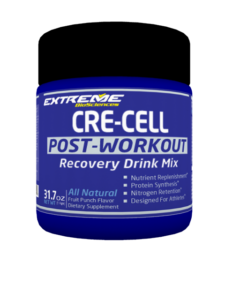 7. Design for Shelf Impact
7. Design for Shelf Impact
- Visual Hierarchy: Organize information in a way that guides the consumer's eye naturally, emphasizing the most important details first.
- Call to Action: Consider including a call to action that encourages consumers to purchase or engage with your brand (e.g., “Try it now!” or “Discover more inside!”).
8. Material and Finish Choices
- Durability: Choose label materials that suit the product's storage conditions (e.g., moisture-resistant for beverages, heat-resistant for candles).
- Finish Options: Select matte, glossy, or textured finishes to enhance the tactile experience and visual appeal.
9. Test and Iterate
- Prototyping: Create prototypes of your labels to assess how they look and feel on actual products. This can help identify any design flaws or areas for improvement.
- Consumer Feedback: Collect feedback from potential consumers to refine the label design based on their reactions and preferences.
10. Embrace Trends and Innovations
- Sustainability: Incorporate eco-friendly materials and practices into your label design to appeal to environmentally conscious consumers.
- Digital Integration: For an interactive experience, consider adding QR codes that link to your website, product demos, or customer reviews.
11. Finalize and Print
- Quality Control: Ensure that the final design is error-free and meets all technical specifications for printing.
- Choose a Reputable Printer: Work with a quality printer that can deliver the desired finish and durability for your labels.
Maximize Your ROI From Digital Marketing
![]()
Social Toothpaste, a niche Social Media Agency, is a cutting-edge digital media agency that drives marketing and branding success by pushing the limits of human story experiences and connecting your brand through innovative media, design, content, and technology. We craft strategies that elevate partner brand identification, ensuring they stand out in the digital landscape and achieve remarkable growth...
©2020 Social ToothPaste SEO Marketing Agency. All Rights Reserved.
